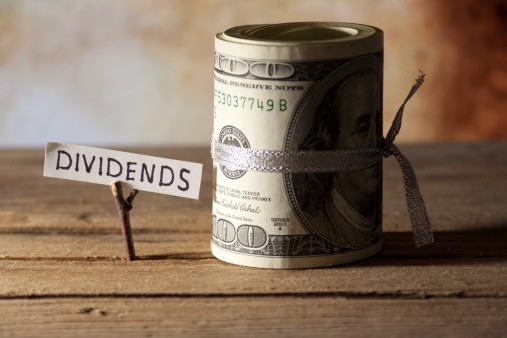Investors Gird for Higher Dividend Taxes
Post on: 30 Апрель, 2015 No Comment

Arden Dale
Updated Feb. 29, 2012 3:07 p.m. ET
Financial advisers and their clients are starting to plan for, if not yet act on, a possible jump in taxes on dividends.
Dividend-producing stocks have had a special attraction among investors in recent years, in part because of the lower-than-usual tax rates dividends have enjoyed for much of the past decade. Those low rates gained even more luster as the stock market tanked—driving up the dividend yields—while interest rates on savings accounts have been so low. A 2% dividend yield also looks more interesting to investors than it did before U.S. bond yields declined last year and remain near historical lows.
Increases in taxes on dividends, capital gains and ordinary income all are currently planned, but dividends may be seen one of the biggest changes. Before a series of series of tax cuts launched by then-President George W. Bush in 2003, dividend income was taxed the same as ordinary income. Under the cuts, it was treated like capital gains, with a tax rate that shrank to 15%—the lowest since 1941. That arrangement was to expire in 2010, but was extended then for two more years. In 2013, the top rate on capital gains is set to go to 20%.
Taxes on dividends, now at 15%, could rise to as high as 39.6% next year—an effective 164% increase for some wealthy people in the highest tax bracket. While lawmakers could change that plan, some advisers say it isn’t too soon to start talking to clients about changes they may need to make to their portfolios.
An additional 3.8% surtax on dividend income and capital gains could also kick in for some wealthy investors.
Michael Joyce, a financial planner in Richmond, Va. is working up a list of his clients with a lot of dividend-paying stock and plans to review possible strategies. One could be shifting dividend stocks from taxable to tax-deferred vehicles like individual retirement accounts, he said, while another could be replacing them with municipal bonds.
Mr. Joyce won’t actually recommend specific moves until later this year. There is too much uncertainty, he said, about whether Congress will keep those tax rates from rising so sharply. Like other advisers, he has to play a guessing game for now.
Any strategy needs to weigh capital gains carefully if it is to include selling dividend payers, said Eve Kaplan, a fee-only adviser in Berkeley Heights, N.J. who manages $23 million. She said she has already fielded questions from a few clients about a possible rise in dividend taxes.

It will make less sense to earn dividend income in taxable accounts from 2013 onward, according to Ms. Kaplan, since the tax rate on it will essentially be the same as in a tax-deferred account. And, any move out of dividend-paying stocks in taxable accounts could trigger capital gains.
One client of Ken Weingarten, an adviser in Lawrenceville, N.J. has a client with that very situation. He said a key to any dividend strategy is how the client will be positioned financially in the future.
Mr. Weingarten’s client, a high-earning architect in his early 50s with a wife and two children, is saving a lot in a taxable account invested in U.S. and international large-cap stocks. Selling now to get investments into a tax-deferred account would mean some $11,000 of capital-gains tax. It would take around seven years for dividend taxes to equal the capital-gains tax that he would have to pay this year.
The client’s plan is to retire from his job in just a few years and lead a simpler life. His income will likely drop significantly, and the tax rate on his income, dividends then included, will be much lower.
So what will Mr. Weingarten advise? Nothing, yet.
As the hit song from Asia goes, Mr. Weingarten says, referring to the rock band, ‘only time will tell.’














